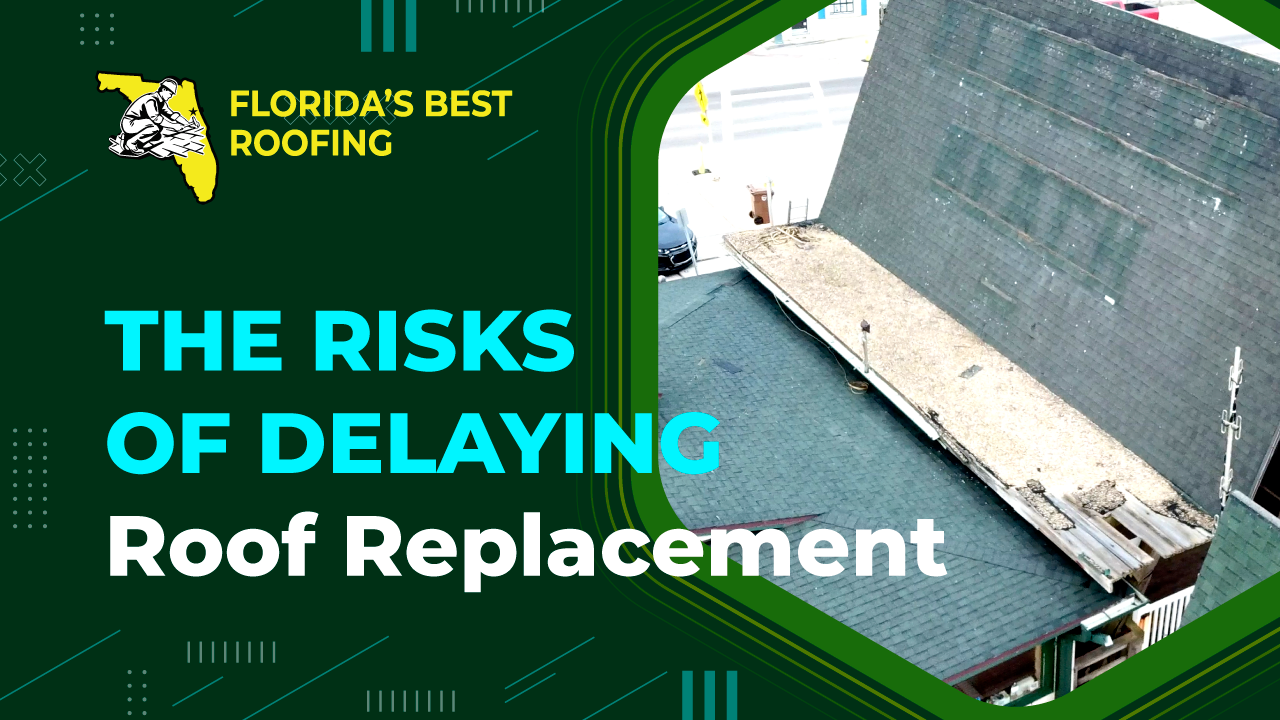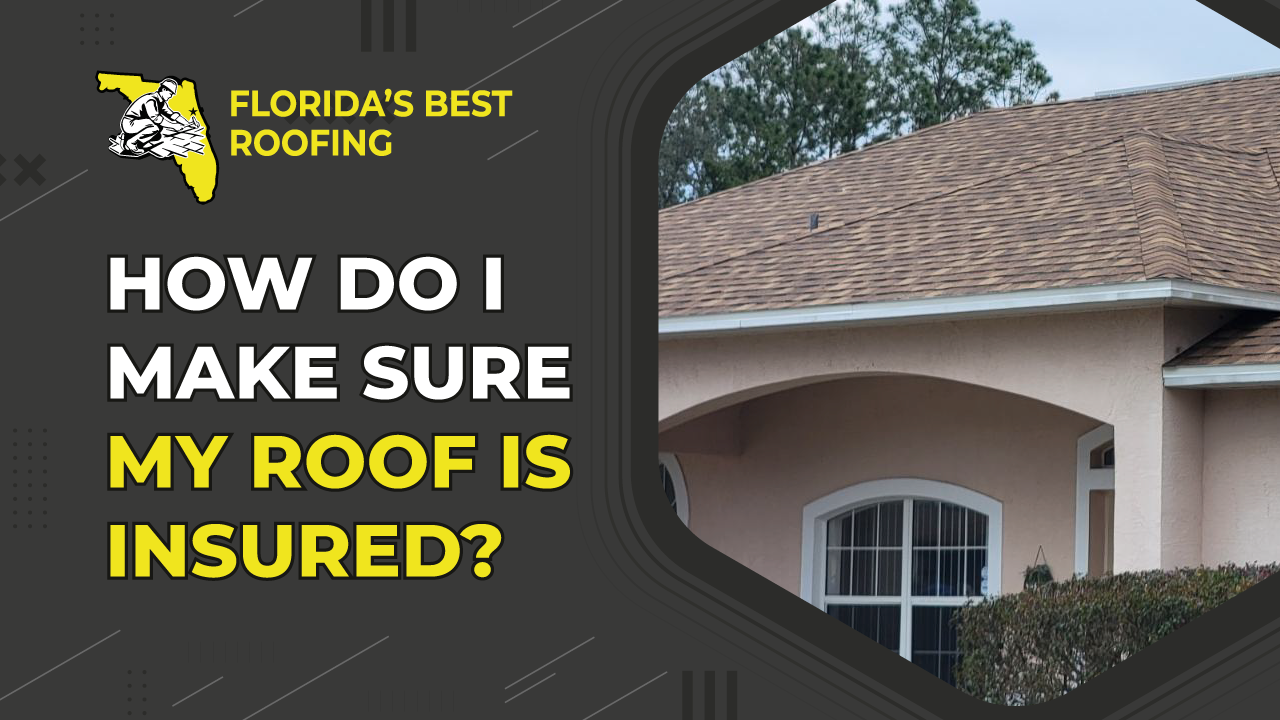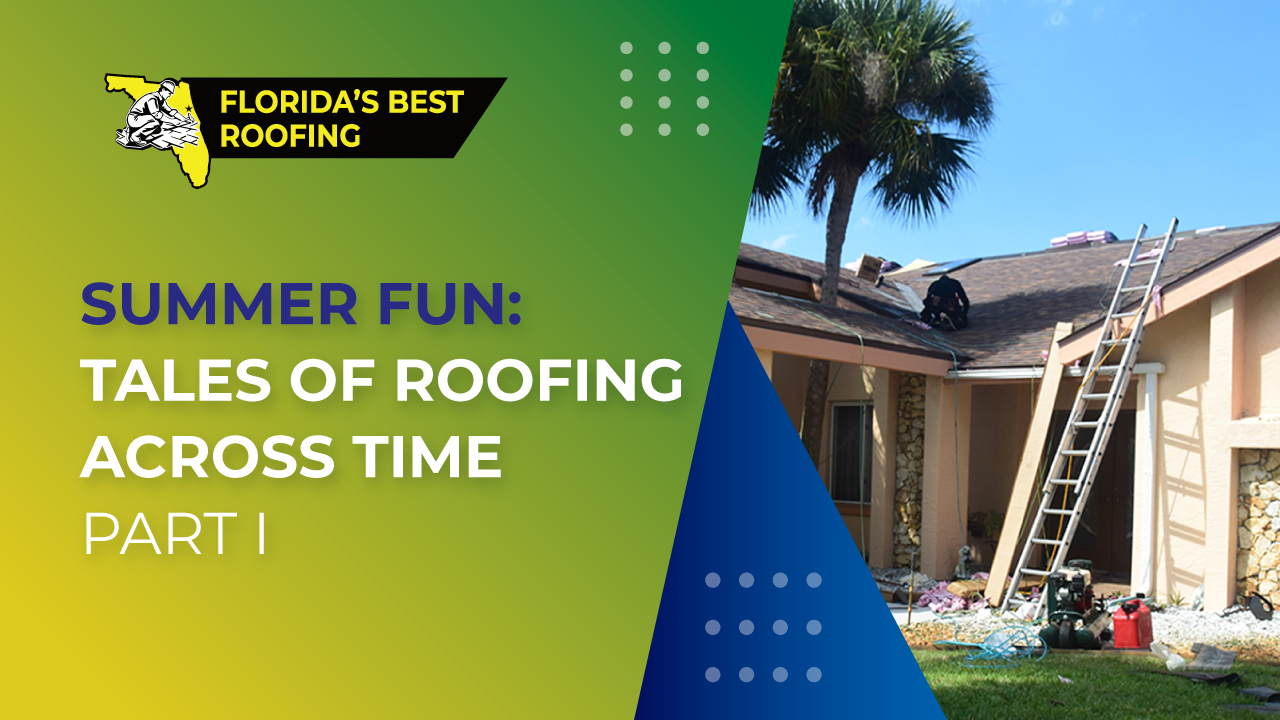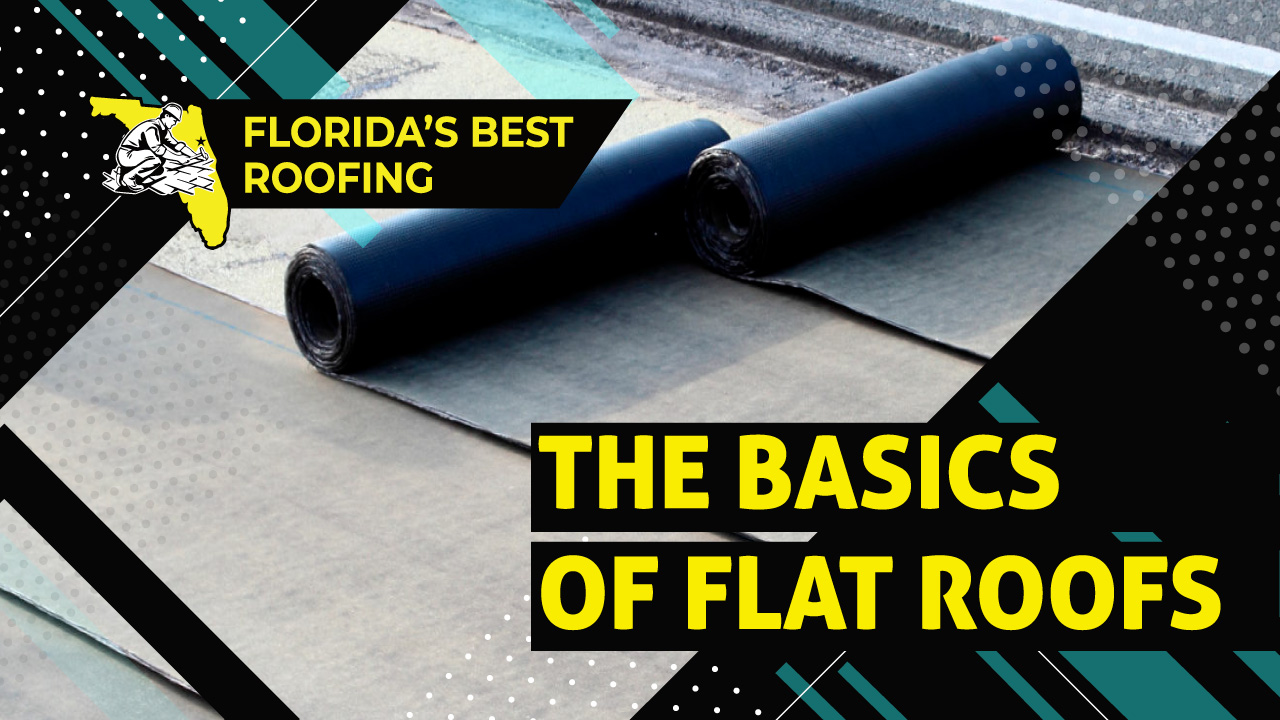The Risks of Delaying Roof Replacement
Your roof is not just a decorative component of your home; it’s a critical shield that guards against the elements. Over time, even the most robust roofs can deteriorate, making timely replacement crucial. Delaying roof replacement might seem like a way to save money in the short term, but it can lead to significant dangers and costs down the line. In this article, we’ll explore the risks associated with postponing roof replacement and emphasize why it’s essential to address roofing issues promptly.
Increased Repair Costs
One of the primary dangers of delaying roof replacement is the ever-increasing cost of repairs. Roof damage tends to worsen over time, and what might start as a small leak or a few missing shingles can quickly escalate into a major problem. When you procrastinate, minor issues can evolve into extensive water damage, structural problems, and mold growth, which demand expensive repairs or even a full roof replacement.
Energy Inefficiency
A compromised roof doesn’t just let water in; it also allows conditioned air to escape. This means your heating and cooling systems have to work harder to maintain a comfortable indoor temperature, resulting in higher energy bills. Delaying roof replacement can lead to a significant increase in your monthly utility costs, which could easily surpass the savings from postponing the initial replacement.
Decreased Home Value
The condition of your roof significantly impacts your home’s curb appeal and overall value. A worn-out, damaged, or outdated roof can deter potential buyers and lower your property’s market value. Delaying roof replacement not only puts your home at risk but also reduces its resale value, making it harder to recoup your investment when you eventually decide to sell.
Structural Damage
A well-maintained roof plays a vital role in protecting your home’s structural integrity. When you delay roof replacement, water damage can seep into your home’s framework, weakening the walls, ceilings, and even the foundation. This structural damage can lead to expensive repairs and compromise the safety of your home.
Health Hazards
Water leaks from a deteriorating roof can create the perfect breeding ground for mold and mildew. Exposure to these fungi can pose significant health risks to you and your family, including respiratory problems, allergies, and other adverse health effects. Ignoring the issue or delaying roof replacement allows these health hazards to thrive and spread throughout your home.
Increased Insurance Premiums
Insurance companies consider the age and condition of your roof when determining your homeowner’s insurance rates. If you delay roof replacement and your roof becomes more susceptible to damage, you might find yourself paying higher premiums. In some cases, insurance providers may even cancel your policy if they deem your roof too high of a risk.
Legal Liability
Roof damage that goes unrepaired can extend beyond your property’s boundaries. If your deteriorating roof causes damage to a neighbor’s property or injures someone on your premises, you may be held legally responsible. Delaying roof replacement puts you at risk of costly lawsuits and potential liability for any accidents or damage caused by your damaged roof.
Lost Peace of Mind
Living under a roof that you know is in poor condition can be stressful. The constant worry about leaks, water damage, and the need for emergency repairs can take a toll on your mental well-being. When you delay roof replacement, you lose the peace of mind that comes with knowing your home is a safe and secure place for you and your loved ones.
Missed Energy Efficiency Benefits
Modern roofing materials and technologies offer significant energy efficiency benefits that can save you money in the long run. Delaying roof replacement means missing out on potential energy savings through improved insulation and ventilation. Upgrading to an energy-efficient roofing system can not only reduce your utility bills but also benefit the environment by lowering your carbon footprint.
Environmental Impact
Old, deteriorating roofs are often less energy-efficient and can contribute to environmental issues. Roofs with leaks or damage may allow rainwater to infiltrate your home, leading to water wastage and potential pollution. Additionally, older roofing materials may not be recyclable, increasing the environmental impact when they eventually need replacement.
Conclusion
While delaying roof replacement may seem like a cost-saving strategy in the short term, it comes with numerous dangers and potential long-term expenses. From escalating repair costs and decreased property value to health hazards and legal liabilities, the risks of postponing this essential home improvement project are substantial. To protect your home, your investment, and your peace of mind, it’s crucial to address roofing issues promptly and consider the long-term benefits of a well-maintained, energy-efficient roof. Don’t wait until the dangers become a reality—invest in the safety and longevity of your home by scheduling a roof replacement when needed.
If you have any questions about roofs or need a roof repair, we would be happy to help you out. Florida’s Best Roofing, Inc. is a fully licensed (CCC 1325974) and insured, local roofing contractor with decades of experience. If you are interested in roof replacement or repair and you are in the Palm Coast, Flagler, or Volusia area, please give us a call at 386-263-7906 for a free estimate!









